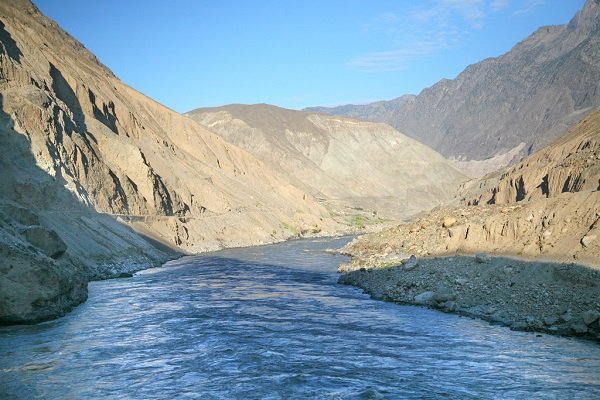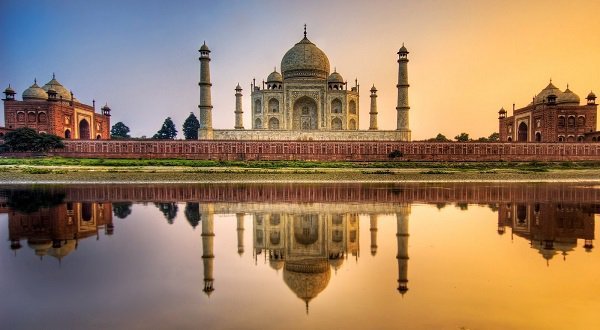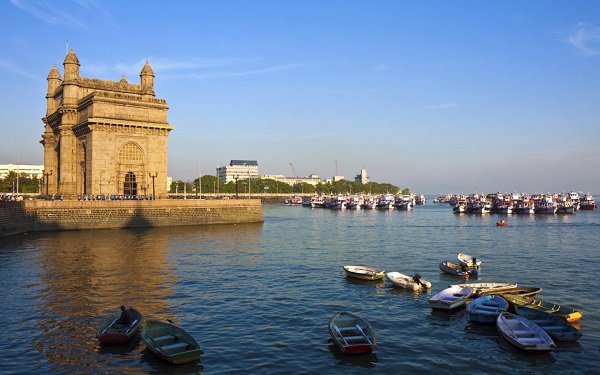The abode of different festivals, traditions, and religions – India is truly a diverse nation. And today while globalisation has had such a huge impact on the world, India grasps desperately at the threads of culture while being overcome by the rampant modernisation. Of this blend of cultures, beliefs and scenarios is a nation of varying identities – of India, Hindustan, and Bharat.
But how did these names originate?
The official name of the Republic of India was derived from the Sanskrit name ‘Sindhu’ that referred to Indus River.
By the time the Persians conquered both, the then Indian subcontinent and Greece in 5th century BCE, ‘Sindhu’ became ‘Hindus’ to mark the ‘land of Hindus’. From the Greek Herodotus (4th century BC) ‘Hindus’ evolved to ‘Indos’ and made its first ever appearance in Old English in 9th century. Finally, in 17th century as ‘Indos’ made way to Modern English the name ‘India’ came into existence.
Although the name was inspired from the Indus, the river now runs mostly through Pakistan, Jammu & Kashmir in India and western Tibet.

When the first Constitution of India came into existence on 26th January, 1950 Bharat was thought to be the other official name of the Republic of India.
Derived from the Sanskrit term ‘Bharata’ that means ‘the cherished’, this name dates back to the ancient ‘Hindu Puranas’ (Hindu scriptures) that tells the story of the legendary Emperor Bharata, the first conqueror of the entire Indian subcontinent and the Republic of India.
Bharata is believed to be the founder of the famous Bharata dynasty. Therefore, after his conquer of the Indian land where he and his descendants dwelt, it started to be known as ‘Bharatavarsa,’ where varsa meant ‘land’ or ‘continent’.

The other popular name of India is Hindustan.
This is yet another name that has historical significance. ‘Hind’ is the Persian equivalent of Iranian ‘Sindh’ that refers to the Indo-Aryans while ‘stan’ in Persian means ‘land’ or ‘country,’ much like ‘sthana’ in Sanskrit that means ‘place’. During the British Raj in India, the term ‘Hind’ was widely used for the north and northwestern subcontinents of India where Indo-Aryan culture was strongly based.
Today, Hindustan is no longer the official name of India, but it is a popularly used term for India.

India is not merely a country in this world, but a world in its own right.

















